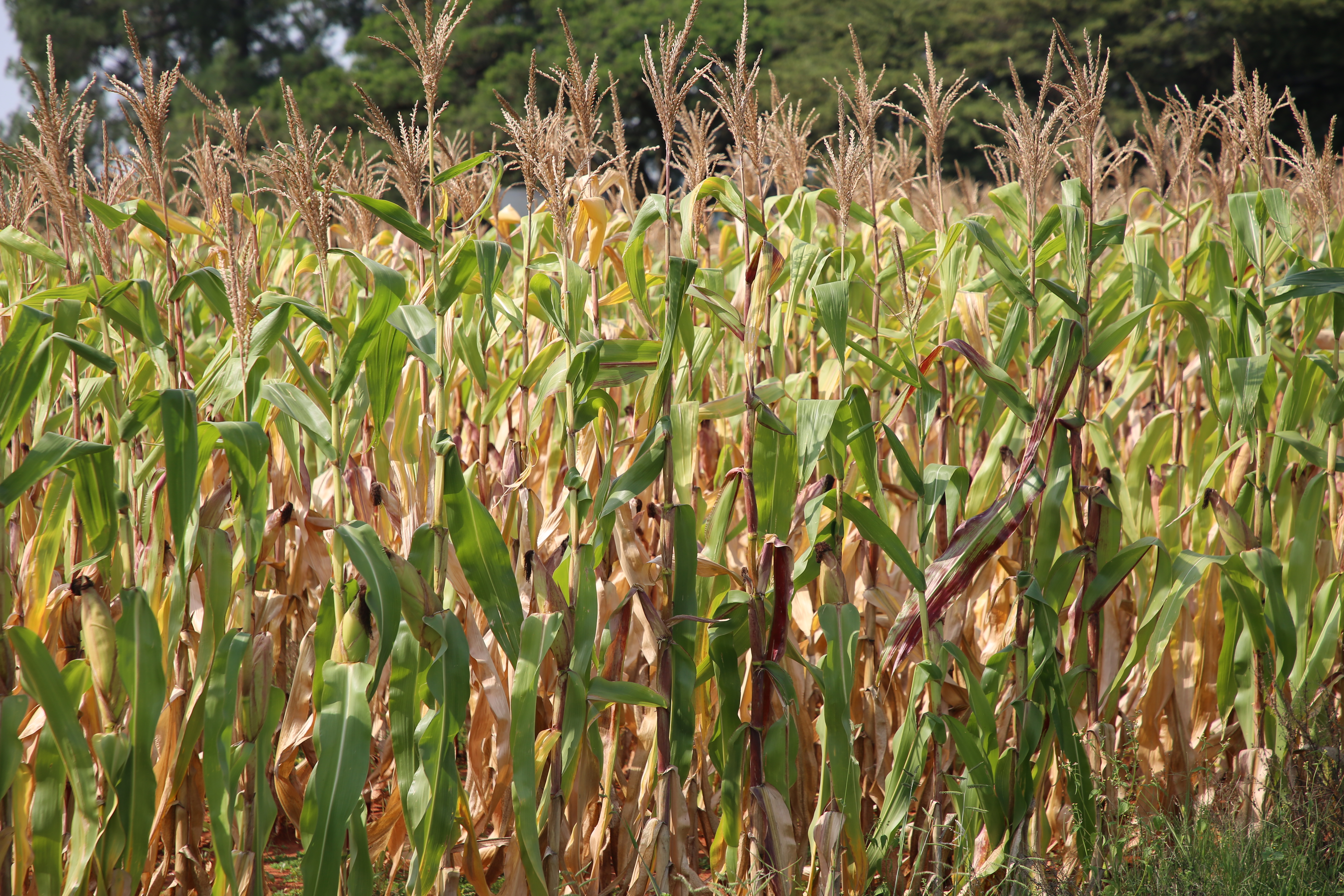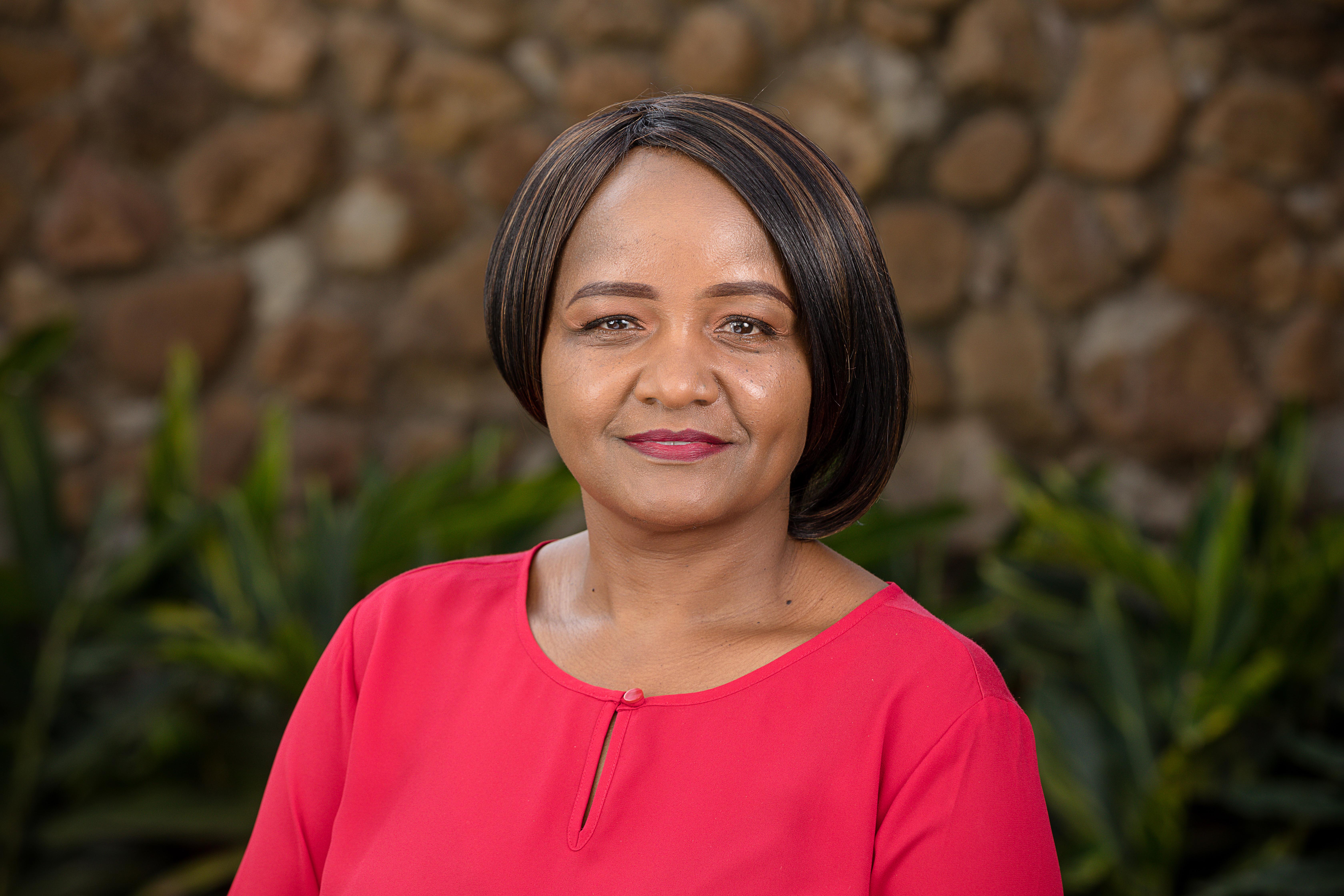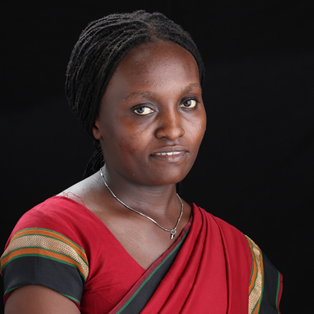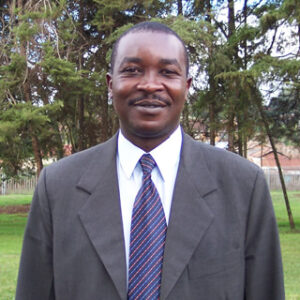By Dr. Canisius Kanangire
Kenya’s Agriculture and Livestock Development Cabinet Secretary Mithika Linturi in March 2023 urged Kenyans to consume more rice, potatoes, and other forms of carbohydrates in the midst of a crisis occasioned by high maize prices.
In the past, leaders across the globe have called for diversification of diets and consuming other forms of starch to reduce overreliance on maize because maize production, which is the main staple in most countries in Africa, has been declining over the years due to a multiplicity of factors, among them high input costs, poor harvests arising from dwindling soil fertility and the impacts of climate change, and a shift by disillusioned farmers to better paying high value crops.
Therefore, diversifying diets and consuming other forms of starch such as cassava, rice, sweet potato, and yams can help ensure food security and improve nutrition for people in different regions. These alternative starch sources are often more resilient to environmental stresses and have lower input requirements than maize, making them a more sustainable and accessible source of food.
The Food and Agriculture Organization of the United Nations (FAO), estimates that Africa imported around 47 million metric tonnes (mt) of wheat in 2020 to supplement local production, with Kenya importing about 2.4 million mt of wheat in 2021 to complement its local production. The country also spends millions of dollars each year on rice imports from India, Tanzania, Burma and Thailand, while production of cassava, both Irish and sweet potatoes is hampered by diseases, pests and poor-quality seed.
The result is that most African countries including Kenya, are food insecure with the 2021 Global Hunger Index reporting that 23 per cent of the population sleeps hungry. Overall, the national consumption of whole grains, fruit, vegetables, dairy products, fish, and red meat falls below national and global targets.
Africa’s inability to produce sufficient food is blamed on dependance on rain-fed agriculture. Smallholders who produce 78 per cent of Kenya’s food grapple with unpredictable rainfall patterns and an increasing cycle of prolonged droughts linked to climate change.
Another handicap is the prevalence of crop diseases, such as the maize stem borer and the quality of seeds planted by farmers. For instance, while potato is Kenya’s second staple, harvests average 10 tonnes per acre as opposed to 20-25 tonnes because famers lack access to quality, disease free seeds.
In the dairy sector, which accounts for 14 percent of agricultural sector’s GDP and is strained by the cost of livestock feed making it difficult for farmers to break even.
It is with this in mind that last year’s lifting of the ban on importation and open cultivation of GMOs should be viewed. With food safety, health and environment risks allayed by enactment of a strong regulatory framework, the country can exploit GM technology to achieve food, nutrition and financial security for farmers.
This technology could be used to develop foods that are drought resistant, thereby not only increasing the resilience of main staples to climate change but also opening up arid and semi-arid lands to cultivation of grains, legumes, fruit and vegetables. This would improve nutrition, enhance both food and financial security for local communities as well.
Through GMO, disease resistant crop varieties could be developed to improve maize, cassava and potato production. This would translate to reduced disease and pest control costs, sufficient yields for sale after domestic consumption and ultimately more income for the farmers.
With cash in their pockets, farmers would also be able to purchase more nutritious foods for their families resulting in better health. This in turn would boost cognitive development in children while increasing economic production among adults – a plus for the economy.
Use of GMO maize and soya as raw material, on the other hand, would reduce cost of livestock feeds by 20 percent, enabling farmers to keep more stock, and earn more.
Biotechnology is however not an independent magic pill for the country’s food crisis. To achieve food, nutrition and financial security for farmers, GM technology should be harnessed in tandem with increased investment in irrigation, better farming methods and early warning systems to improve the resilience of farmers to climate change.
It also means that mechanisms for water harvesting and storage for irrigation in dry seasons should be appropriately improved.
The writer is the Executive Director of AATF



































































